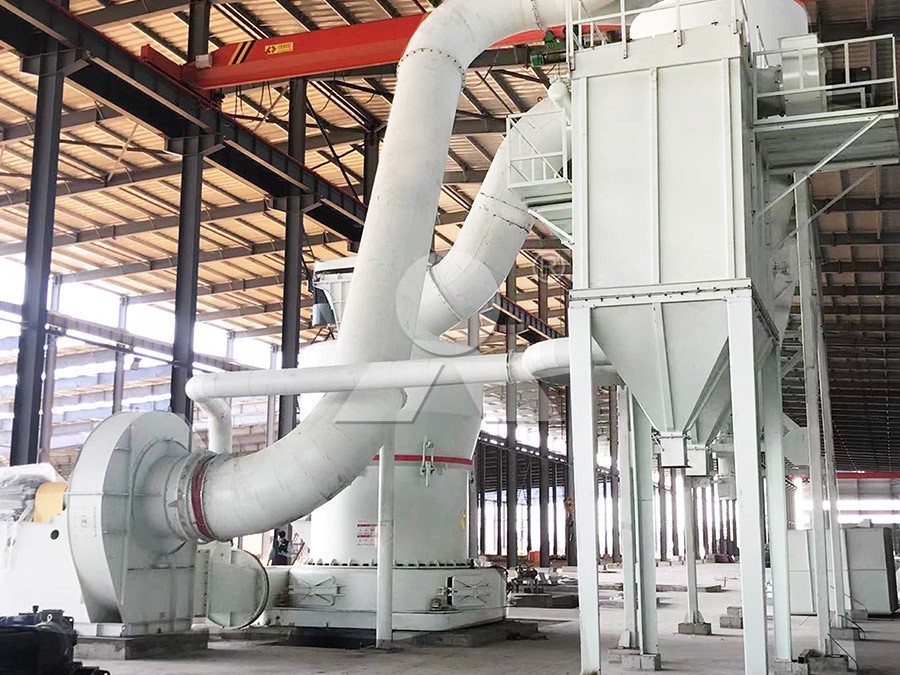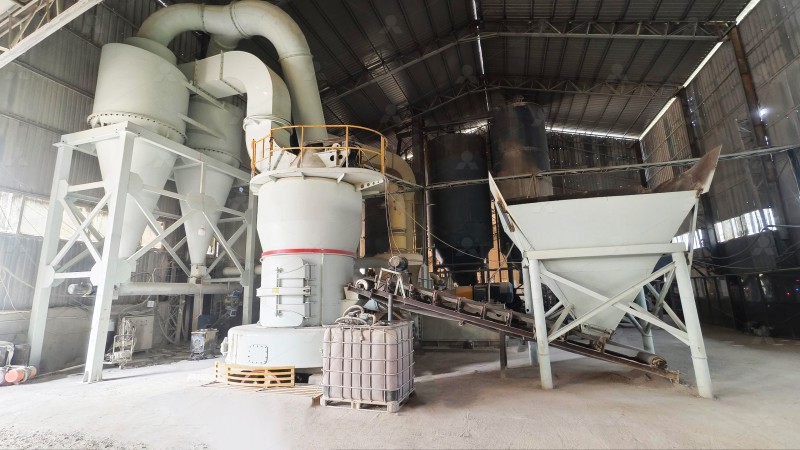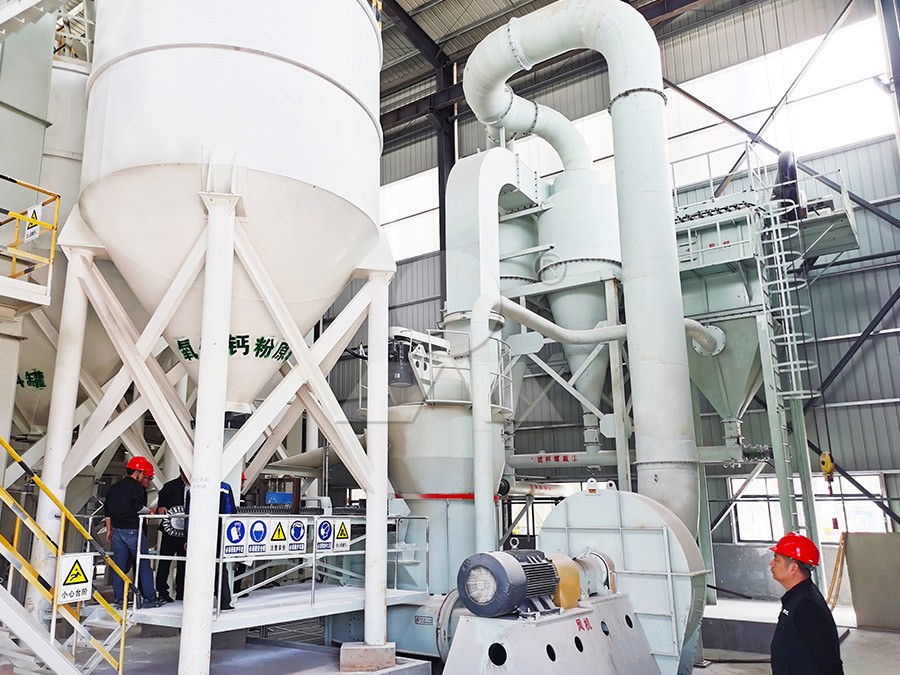Feldspathic Sandstone Grinding Mill Manufacturers and Equipment Guide
Feldspathic Sandstone Grinding Mill Manufacturers and Equipment Guide
Feldspathic sandstone, a sedimentary rock composed primarily of feldspar minerals and quartz, presents unique challenges for processing operations. Its variable hardness and abrasive nature demand robust, precision-engineered grinding equipment that can maintain consistent particle size distribution while minimizing operational costs. As industry professionals seek to optimize their mineral processing workflows, selecting the right grinding mill becomes paramount to achieving both economic and technical objectives.

Understanding Material Characteristics and Processing Requirements
Before selecting grinding equipment, operators must thoroughly analyze their specific feldspathic sandstone composition. The presence of potassium feldspar, plagioclase, and quartz in varying proportions directly impacts grinding behavior, with quartz content particularly influencing abrasiveness. Material feed size, desired output fineness, and production capacity requirements further dictate equipment selection. Modern grinding operations typically target particle sizes between 200 and 2500 meshes for various industrial applications, including ceramics, glass manufacturing, and construction materials.
The geological origin of feldspathic sandstone affects its processing characteristics. Arkosic sandstones with high feldspar content may require different approaches than lithic sandstones with significant rock fragment content. Moisture levels, typically below 10% for efficient dry grinding, must be considered alongside any potential for clay contamination that could affect material flow properties.
Equipment Selection Criteria for Optimal Performance
When evaluating grinding mills for feldspathic sandstone processing, several key factors demand attention. Energy consumption per ton of processed material represents a significant operational expense, making efficiency a primary consideration. Maintenance requirements, particularly regarding wear parts replacement in abrasive applications, directly impact downtime and operating costs. Environmental compliance, including dust emission control and noise reduction, has become increasingly important in modern mineral processing facilities.
Space constraints and installation flexibility often influence mill selection, with vertical designs typically offering footprint advantages over traditional horizontal configurations. The degree of automation and control system sophistication affects both operational consistency and labor requirements. Finally, the availability of technical support and spare parts ensures long-term operational reliability.

Advanced Grinding Solutions for Feldspathic Applications
Among the various technologies available for feldspathic sandstone processing, our MW Ultrafine Grinding Mill stands out for specialized applications requiring ultra-fine powders. With an input size capability of 0-20 mm and capacity ranging from 0.5 to 25 tons per hour, this system efficiently processes feldspathic sandstone into powders between 325-2500 meshes. The innovative design eliminates rolling bearings and screws within the grinding chamber, addressing common failure points in abrasive environments.
The MW series incorporates German-developed cage-type powder selector technology, enabling precise particle size control with screening rates achieving d97≤5μm in a single pass. For operations prioritizing energy efficiency, the system demonstrates 40% higher production capacity compared to jet grinding mills and twice the output of ball mills at equivalent fineness levels, while consuming only 30% of the energy of jet milling systems.
Environmental considerations are addressed through integrated pulse dust collection and noise reduction technologies, ensuring compliance with stringent emission standards. The external lubrication system permits maintenance without production interruption, supporting continuous 24-hour operation critical to modern processing facilities.
Operational Best Practices and Maintenance Considerations
Successful feldspathic sandstone grinding operations implement comprehensive material preparation protocols, including proper crushing to optimal feed size and effective moisture control. Regular monitoring of grinding elements wear patterns, particularly when processing quartz-rich materials, prevents unexpected downtime and maintains product consistency.
Modern grinding systems benefit from automated control systems that adjust operational parameters in response to material characteristics variations. Implementing predictive maintenance schedules based on actual operating hours and material throughput extends equipment lifespan and prevents catastrophic failures. Proper training for operational personnel ensures correct response to abnormal conditions and maximizes equipment utilization.

Future Trends in Mineral Grinding Technology
The grinding equipment industry continues evolving toward greater efficiency, digital integration, and sustainability. Smart monitoring systems utilizing IoT sensors provide real-time performance data and predictive maintenance alerts. Energy recovery systems, particularly in large-scale operations, are becoming standard features in new installations. Hybrid approaches combining multiple grinding technologies offer optimized solutions for complex mineral assemblages.
Digital twin technology enables virtual simulation of grinding processes, allowing operators to test parameter adjustments without disrupting production. Advanced materials for wear parts extend service intervals in abrasive applications, while improved classifier designs enhance separation efficiency and product quality consistency.
Frequently Asked Questions
What is the optimal feed size for feldspathic sandstone grinding mills?
Most modern grinding mills, including our MW Ultrafine Grinding Mill, efficiently process material with feed sizes up to 20mm. Proper preliminary crushing to this size range ensures optimal grinding efficiency and wear distribution.
How does feldspathic sandstone abrasiveness affect mill selection?
High quartz content increases abrasiveness, necessitating mills with robust construction and easily replaceable wear components. Our MW series addresses this through specialized materials and designs that minimize direct exposure of critical components to abrasive wear.
What fineness range can be achieved with modern grinding equipment?
Advanced systems like the MW Ultrafine Grinding Mill produce powders between 325-2500 meshes, with precise control maintained through sophisticated separator technology. The specific target fineness depends on final application requirements.
How important is dust control in feldspathic sandstone processing?
Comprehensive dust collection is essential for both environmental compliance and operator safety. Modern mills integrate pulse-jet dust collectors that effectively contain fine particles throughout the grinding process.
What maintenance intervals are typical for grinding mills processing abrasive materials?
Maintenance schedules vary based on material characteristics and operating hours, but our designs emphasize extended service intervals through strategic component placement and external lubrication systems that permit continuous operation.
